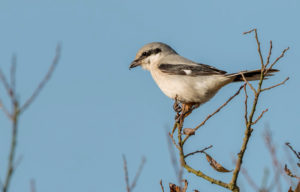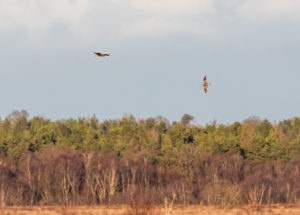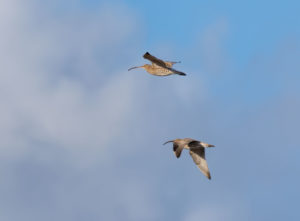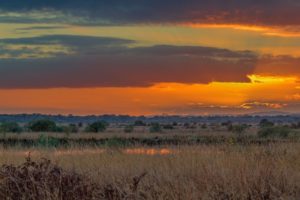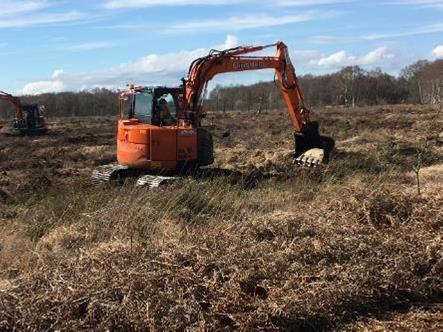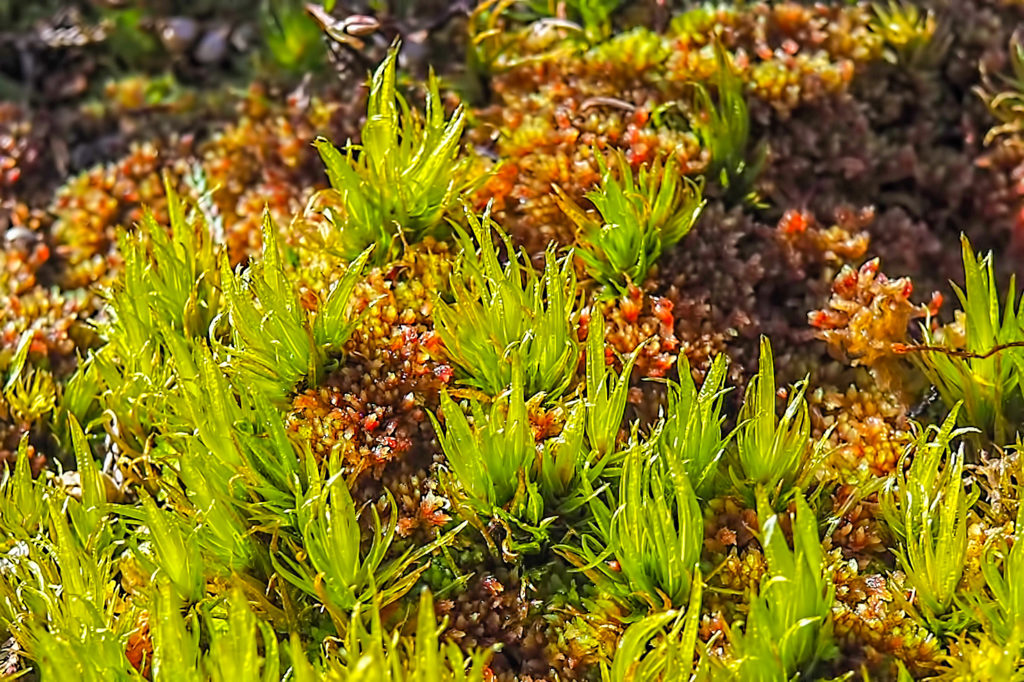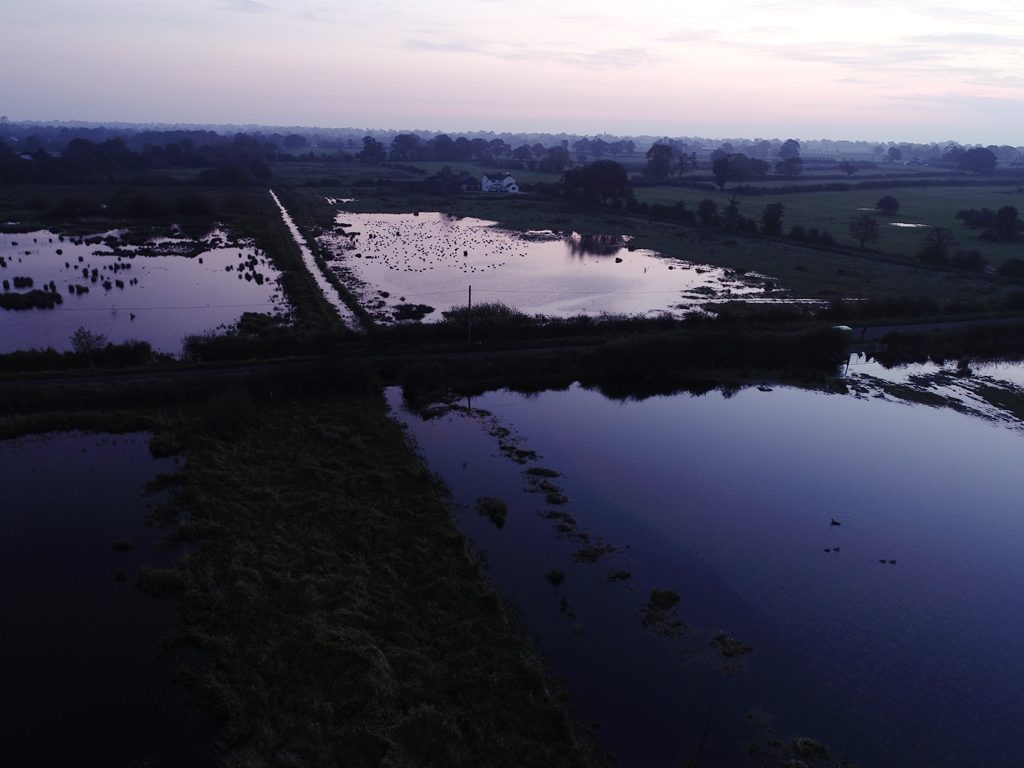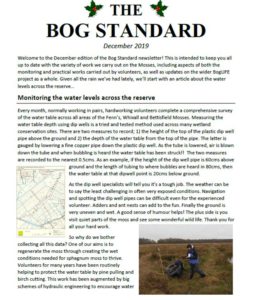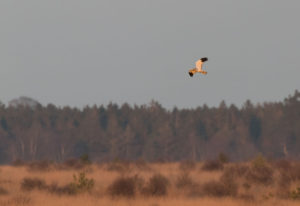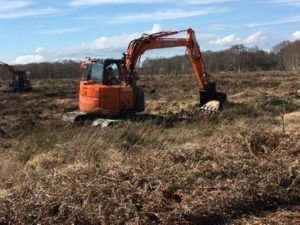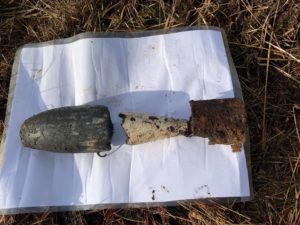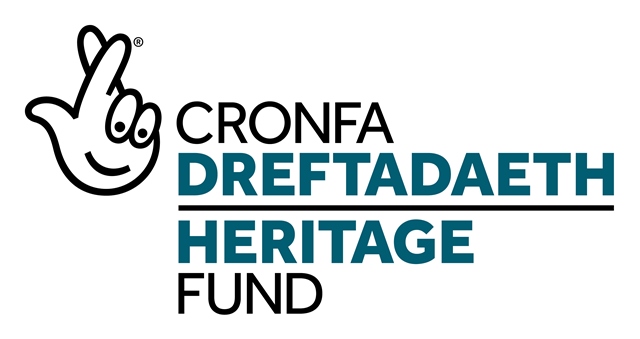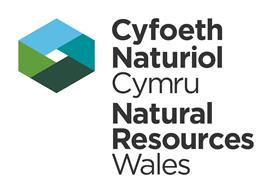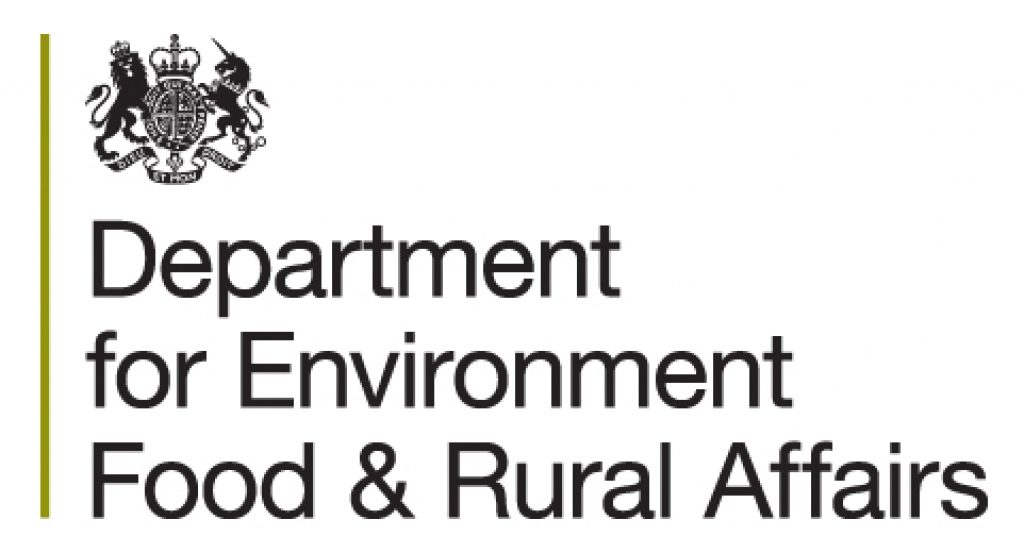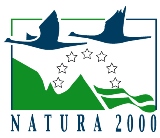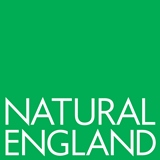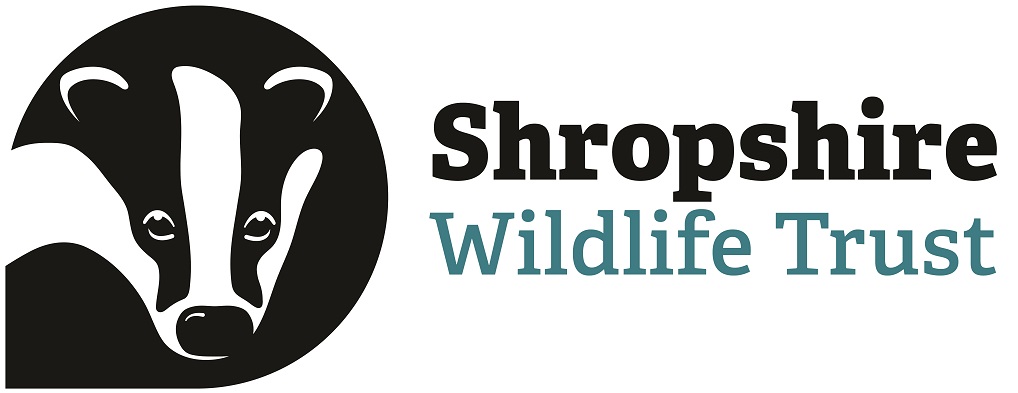Volunteering at Marches Mosses
March 12, 2020
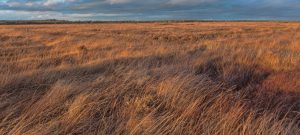
The Mosses
Volunteering at Marches Mosses is good for you – get outdoors, do important conservation work – and all the chocolate biscuits you can eat!
Note: Please be aware that links on this page take you to third party websites.
A conversation with Steve Dobbin, Natural England Reserves Manager, and some of the people who volunteer on the BogLIFE regeneration project at Fenn’s, Whixall and Bettisfield Mosses.
Steve, first, why do you have volunteers working on the Mosses regeneration?
“Volunteers are an important part of the regeneration work underway here at Fenn’s, Whixall and Bettisfield Mosses. From monitoring butterflies and birds to helping with habitat management and site maintenance, volunteers on the Mosses get involved in many aspects of this vital project.
“We need their skills, experience and enthusiasm. There simply aren’t enough people on staff to do all the work that needs to be done to manage the site here, as well as to observe and keep records of the plants and animals – often rare species – that are here on the Mosses.”
Who are the volunteers? What are their backgrounds? Why do they volunteer?
“People volunteer to work at the Mosses for many reasons. Many have a keen interest in wildlife and want to make a contribution to the regeneration of the Mosses. Others simply like being part of a team, meeting new people and spending time in the outdoors.
“For instance, Sarah began volunteering last autumn as part of her countryside management course at Reaseheath College, while Rosie was looking for a way to spend more time outdoors and gain experience in the conservation sector. Hans in interested in wildlife, especially birds like the curlew that nest on the Moss. Di took the opportunity to help with the Mosses butterfly survey after joining Shropshire Wildlife Trust. Other volunteers include a retired doctor, a landscaper, and students – from secondary school to Masters candidates.”
What do the volunteers do?
“We have a wide range of jobs that our volunteers get involved with here at Fenn’s, Whixall and Bettisfield Mosses and the work stretches the year ’round.
“The bulk of our summer workload is site management. This can include fence repairs and installation, and access improvement – installing gates, cutting back vegetation around entrance points and notice boards, and repainting marker posts along visitor trails.
“In late summer, we cut and remove vegetation from areas of wildflower meadow to keep the mineral levels low, encouraging a variety of wildflowers and associated species. Another important element of the work is monitoring wildlife on the reserve, including bird, butterfly and adder populations, as well as monitoring the water levels across the Mosses throughout the seasons.
“Our volunteers often carry out monitoring along set routes across the site known as transects. These transects are walked by the volunteers at different times throughout the year, allowing them to record the numbers and locations of the different species they are monitoring, or the changes in water levels across the site. All of this is vital information about the health of the Mosses.
“In the autumn and winter, we get involved in habitat management. This includes hedgerow management, coppicing areas of willow to improve woodland structure and clearing scrub around pools to prevent them drying up. The volunteers are also helping clear some areas of woodland as part of the BogLIFE project so as to help re-wet and restore the peat. They have also helped to make and install bird boxes around the site ready for spring.”
How often do the volunteers work?
“Thursdays are our regular task days. We have groups of five to 15 volunteers depending on the season. With a wide range of jobs to do, we can get people involved in what interests them. Some volunteers work on different days, depending on the work they’re involved with.”
Sarah explains her role: “I work on hydro monitoring, checking the water levels on the Moss regularly and recording data on what I find. The water levels on the Moss are vital to the health of the Sphagnum and other bog mosses.”
Di helps with the butterfly surveying: “I come out to the Mosses once a week from early April until the end of September, or even into October if the weather is still good. I spend two to three hours each week walking along a set path – a ‘transect’ – with another volunteer to count the butterflies, dragonflies and damselflies we see, recording them by species. We normally start around mid-day, but it all depends on the temperature and the wind. We need to be there when the butterflies are out.”
What background and experience do people need to volunteer on the Mosses?
“We don’t have any prerequisites for knowledge or experience, and we don’t have any requirement that people commit to working a certain length of time, or even every week. We provide tools and outdoor clothing so people just need to bring their wellies or boots and turn up.
“What we do want are people who are interested in being outdoors and enthusiastic about helping in the regeneration of the Mosses which are a critical part of the fight against climate change.”
Hans: “I work part time as a vet and began volunteering on the Mosses in spring of 2018. I like being out in nature, especially seeing the birds. I took part in the 2019 curlew project and also saw a hobby while painting some posts. To be honest, it was more like a stroll with some painting included!”
What are the benefits of volunteering to join your band of hardy workers?
“In addition to being out in the fresh air and wide open skies of the Mosses, we offer informal training in areas such as proper use of hand tools, effective wildlife monitoring skills, and plant and animal identification. Some of our volunteers have also gained certification in the use of ATVs, tools like brush cutters and chainsaws, and the safe use of pesticides.”
Sarah: “I’m working on a project for my course at Reaseheath while I volunteer, compiling a portfolio of plant species IDs. Working here is helping me decide where I want to take my career.”
Rosie adds:” I quite like the practical side of the work I do on the Moss. I’m learning hand tool use and estate management skills and meeting new people; everyone is really enthusiastic.”
And the rewards?
“The rewards are many and varied: being outdoors, learning about the unique habitat of the peat moss and its important role in carbon storage, meeting new people and working as part of a team, update days and, oh, yes, those chocolate biscuits – always on hand and useful energy before – and after – a day’s work out in the open air.”
How can people volunteer?
Steve is always happy for new volunteers to join the group. Whether you can help a little or a lot, every week or once in a while, everyone involved in the BogLIFE regeneration project at Fenn’s, Whixall and Bettisfield Mosses appreciates the work of the volunteers.
Just drop in, email or call Steve for a chat. Details are at the end of this post. You needn’t make a commitment to work a certain number of hours or length of time and there’s no pre-requisite for knowledge or experience.
Contact Steve Dobbin:
Daytime phone: 01948 880 362
[email protected]
Or drop by the Natural England office during working hours Monday-Friday:
Manor House Base at Fenn’s, Whixall and Bettisfield Moss
Whixall
SY13 2PA


